Navigating visa requirements for international travel can be a confusing and complex process. Various factors, including the traveler’s nationality, destination country, existing visas, travel dates, guidelines for return tickets and length of stay, transit countries, recent travel history, and purpose of visit, can all impact the requirements for obtaining a visa. These guidelines can vary greatly from country to country and can change over time.
Given the extensive and ever-changing nature of visa requirements, airport check-in staff cannot be expected to remember all possible combinations of rules that apply to each traveler. For this reason, airlines rely on a reliable tool called TIMATIC to ensure travelers have valid documents before transporting them to a foreign country. Failure to comply with visa requirements can result in heavy penalties for airlines.
Enter Timatic & TravelDoc
Timatic – Travel Information Manual Automatic is a tool operated and maintained by the International Air Transport Association (IATA). Most airlines subscribe to it to provide their staff with the latest travel requirements before issuing a boarding pass to passengers. Although airlines have to pay for access to this information, some airlines or alliances, provide public access to the tool for individuals to use to address their visa confusion.
TravelDoc is a competing offering to the IATA Timatic but a large part of the data is obtained from Timatic itself, I prefer to use TravelDoc over the Timatic interfaces since I find it more user-friendly, you can use either.
Today, we will be using the SkyTeam TravelDoc tool for the examples below. Alternatively, you can also use Emirates or even Vistara Timatic interfaces.
When you access https://skyteam.traveldoc.aero/, you will see a page that is mostly self-explanatory. However, for the sake of this demonstration, we will explore two different scenarios.
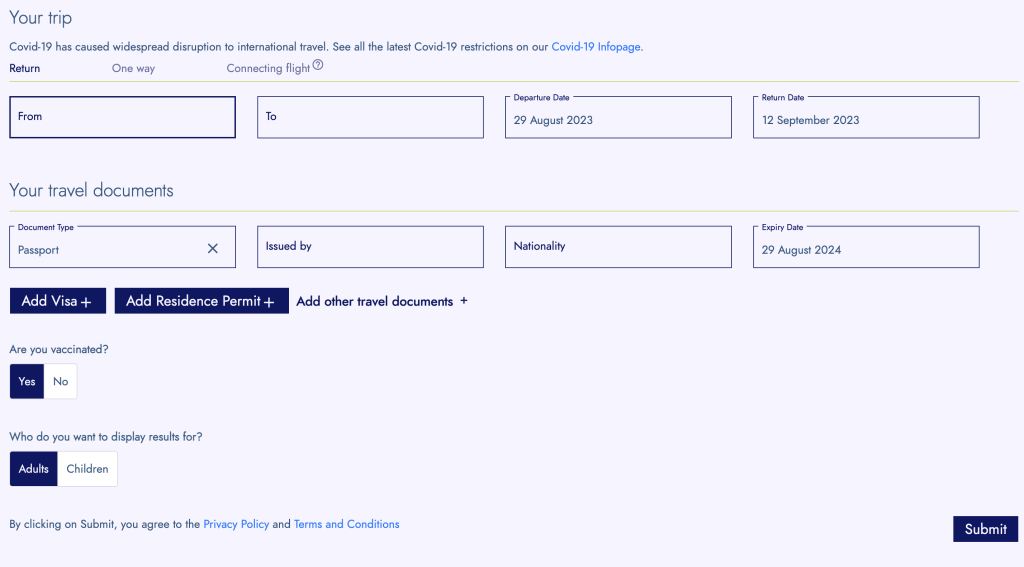
Scenario 1 – Using TravelDoc
An Indian passenger with an Indian passport is traveling from Delhi (DEL) to London (LHR), transiting through Frankfurt (FRA). He is flying with Lufthansa and has a UK visa but does not have a Schengen, US, or any other visa.
I filled up the details as can be seen below, since he has a connecting flight at FRA make sure you fill these details up under the Connecting Flight tab and not the One Way or Return.
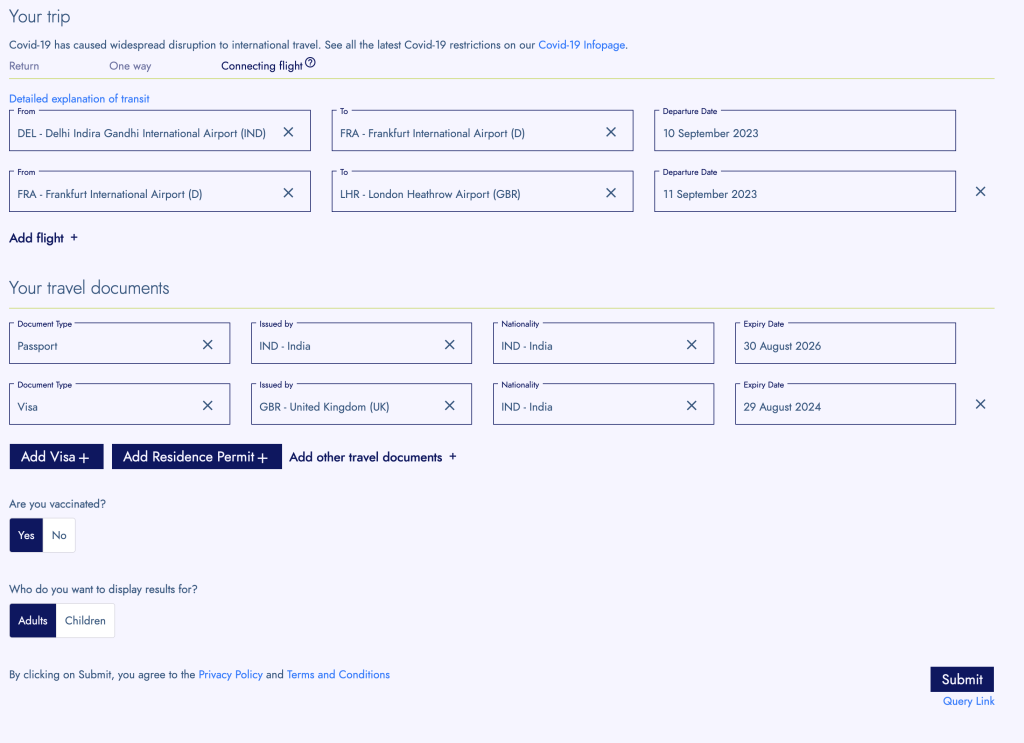
On the next page, it asks me if I have any additional documents for the DEL – FRA leg. For the sake of this example, I will select, “I don’t have an additional document”.
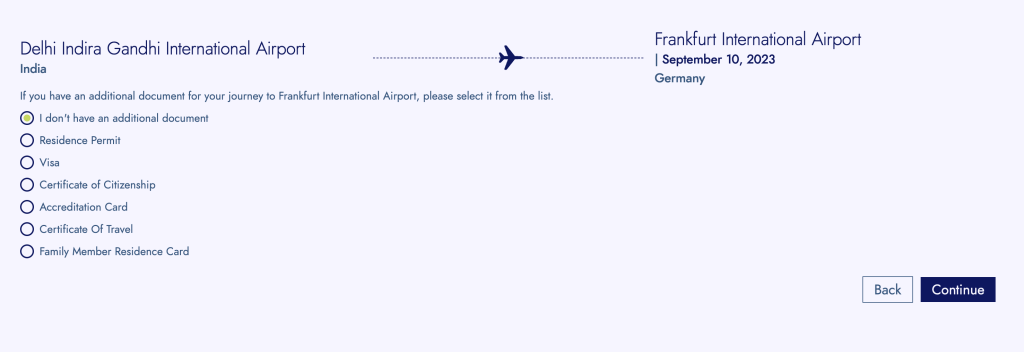
The next page gives us the result and as expected, you are not allowed to board the DEL – FRA flight due to transit requirements at FRA. This is precisely what your check-in agent at DEL airport would also see when checking you in for the flight.

Now let us go back to the first page once again and add that the passenger has a valid US Visa.
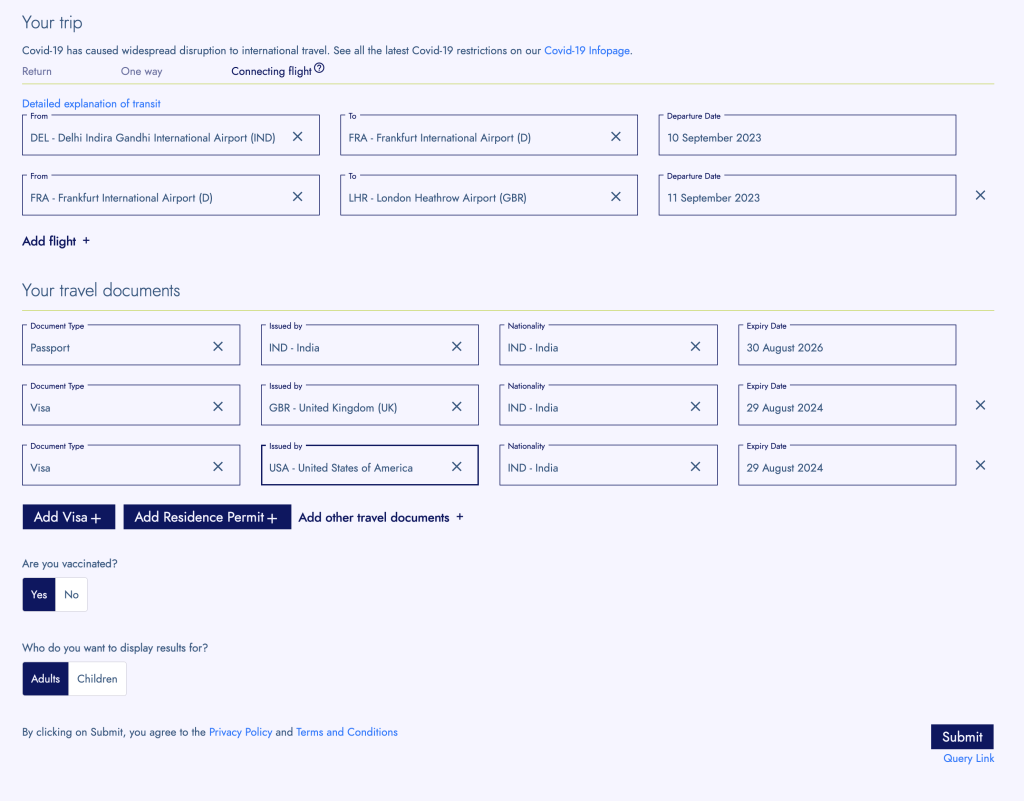
As you can see under Travel Documents I have added a US visa, let’s see how this changes the results.
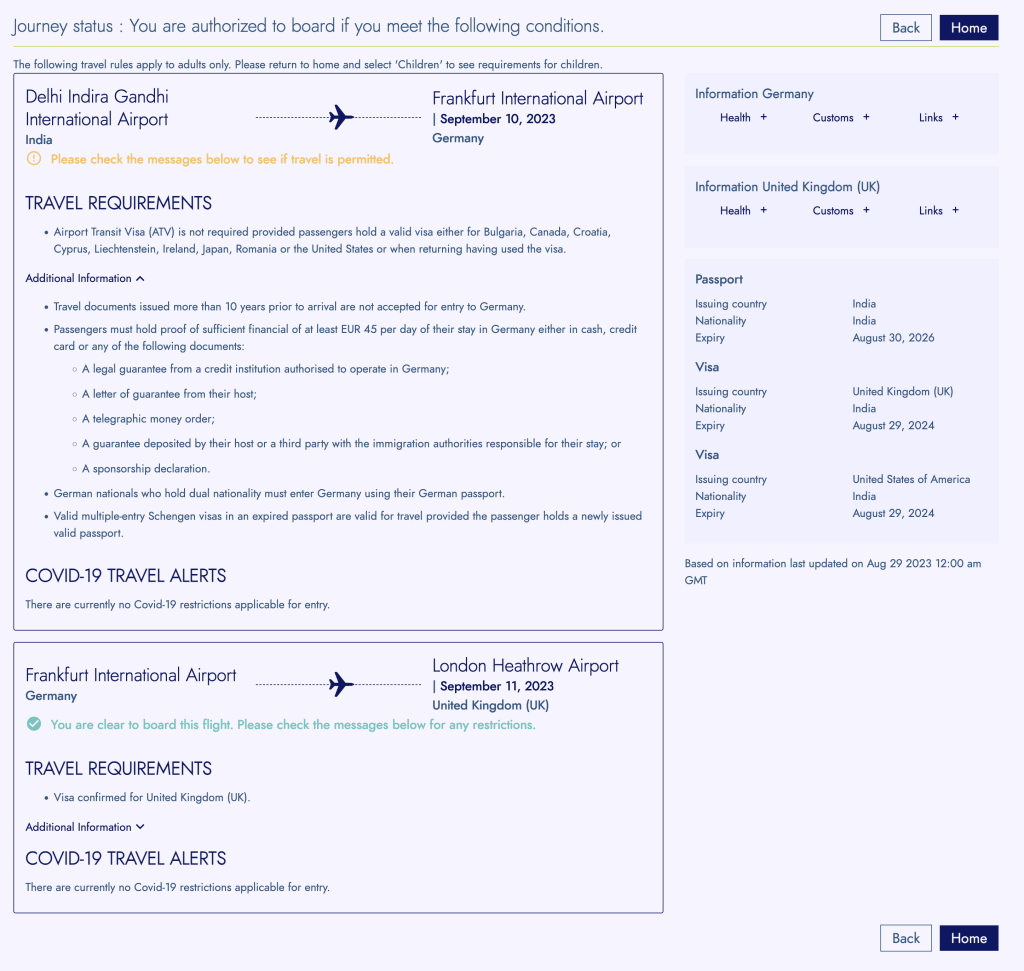
As can be seen, holding a US visa waives the requirement for an Airport Transit Visa (ATV) at Frankfurt (FRA).
Scenario 2 – Exploring Singapore VFTF using Timatic
If you are from India and in transit to or from a third country via Singapore, you may be eligible for the 96-hour VFTF if you enter Singapore by any mode of transport but depart only via air or sea. You must have a valid onward air/ferry/cruise ticket departing Singapore within 96 hours, and a valid visa or long-term pass issued by any of the following countries: Australia, Canada, Germany, Japan, New Zealand, Switzerland, United Kingdom, or United States of America. You must travel directly from the country that issued the SJV, en route through Singapore, back to your home country, and not have returned to your home country since you last used the SJV.
For this example, we will try and explore the Singapore Visa Free Transit Facility (VTFT). For this example, our passenger is flying from Delhi (DEL) to Singapore (SIN) and then onward to Indonesia with a 48-hour stay in Singapore. The passenger holds an Indian passport with a valid US visa and qualifies for Visa on Arrival in Indonesia.
We fill up these details, once again under the connecting flight tab.
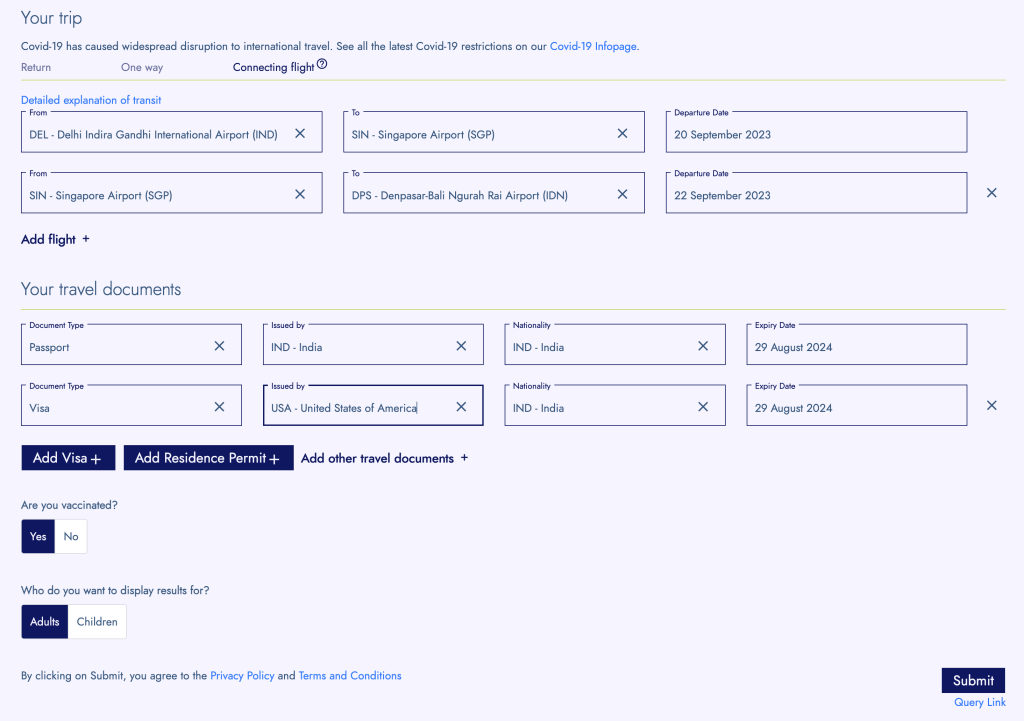
Here are the results.
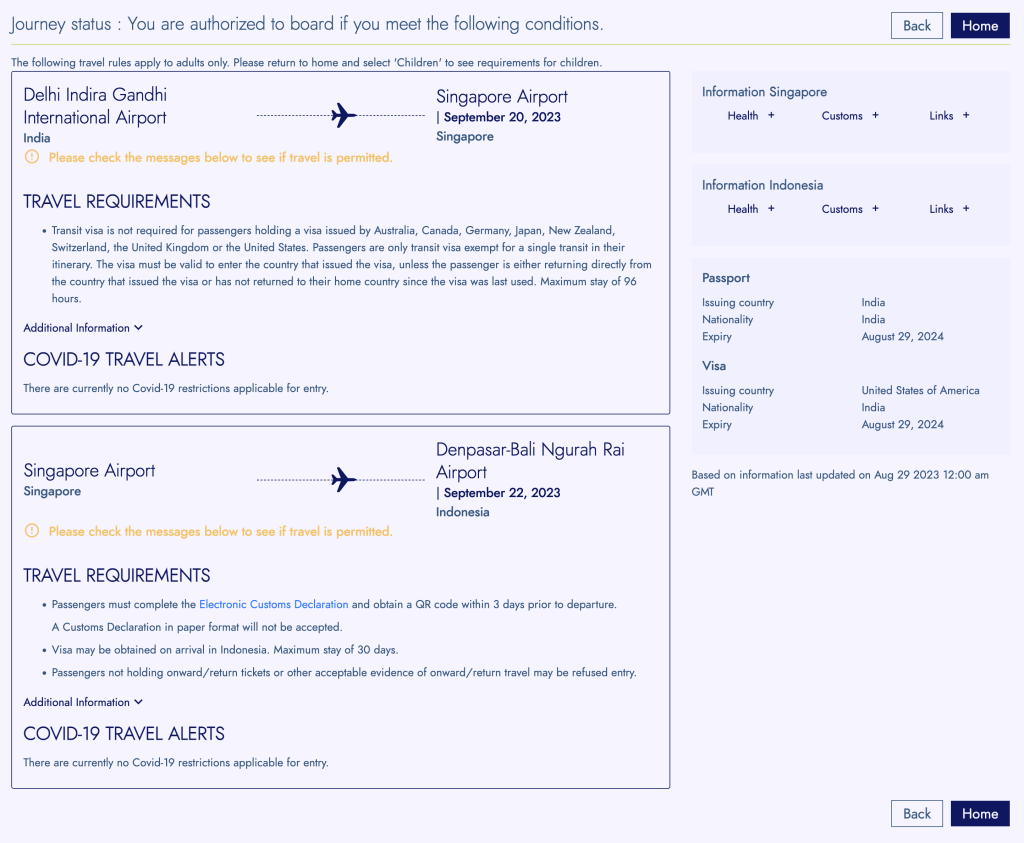
Conclusion
Timatic & TravelDoc are both highly useful tools for answering all your visa-related questions. It provides accurate and up-to-date results. Surprisingly, it is not widely known or written about and is severely underutilized by passengers. While it is always recommended that you obtain visa information from the respective embassies, these are both a great addition to your travel arsenal.
A jack of all trades, master of none. With over 200+ award night stays across a myriad of hotel chains and 50+ flight redemptions and counting his mantra in the game is “earn and burn”. Owing to his inherent laziness Jay firmly believes in simplifying the award game for all and focuses on simple, straightforward, practical yet memorable redemptions over outlandish RTWs and other complicated terminologies.

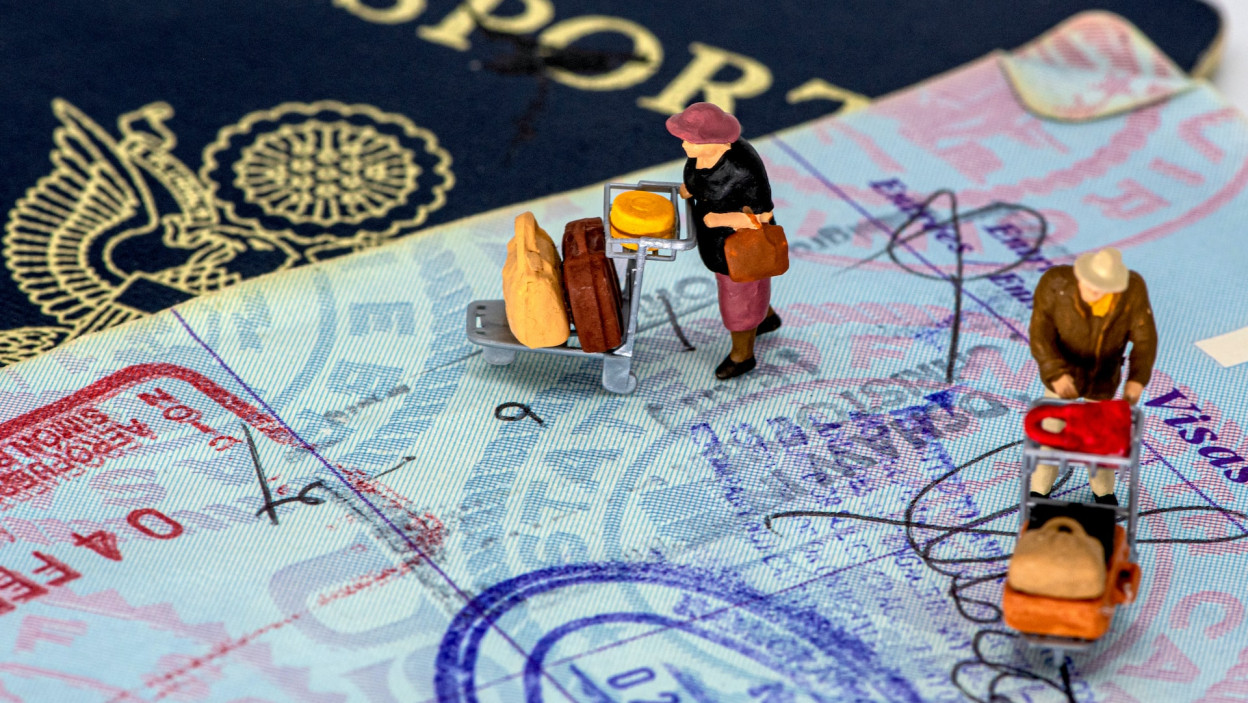
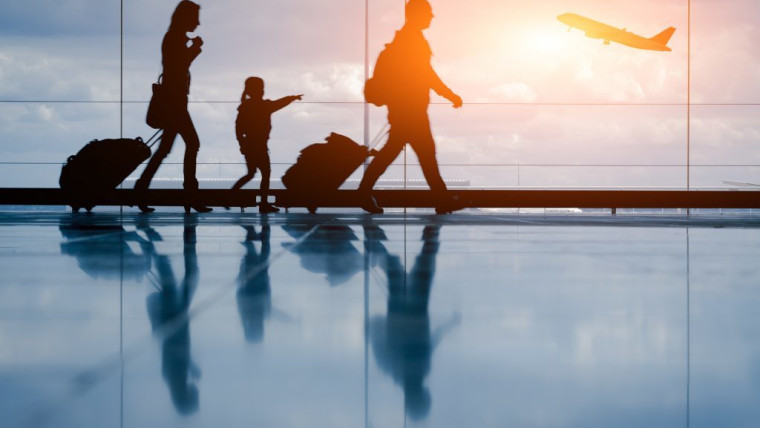

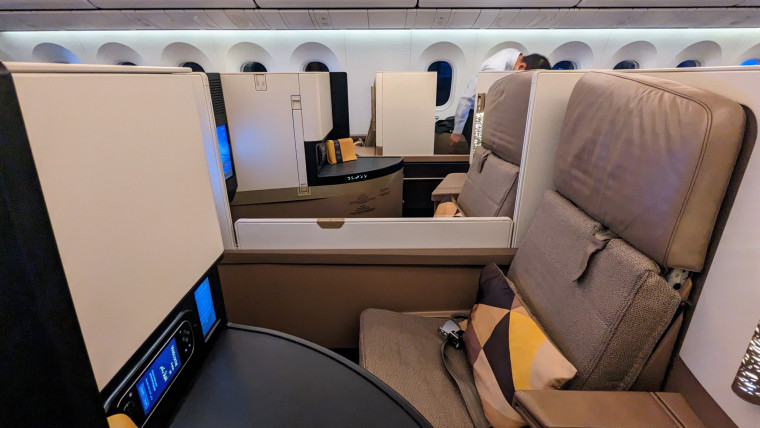

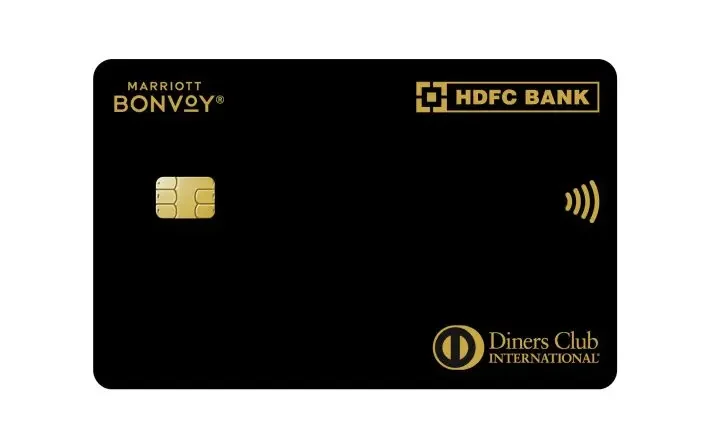
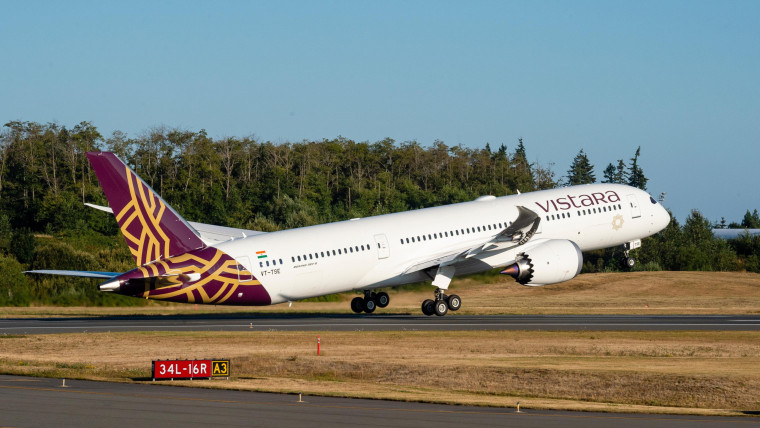
One Reply to Introduction to Timatic – All Your Visa Questions Answered
Nice Article Jay , Very Informative !!
JAL Mileage Bank – The Ultimate Guide for Indians
Accor – The Ultimate Guide for Indians
How long does it take to transfer Axis Edge Reward Points?
Etihad Business Studio Review – Is the lost mojo back?
Miles for Dummies: Family Pooling
Best Credit Cards to Buy Apple Products in India
Etihad Business Studio Review – Is the lost mojo back?
Introduction to Timatic – All Your Visa Questions Answered